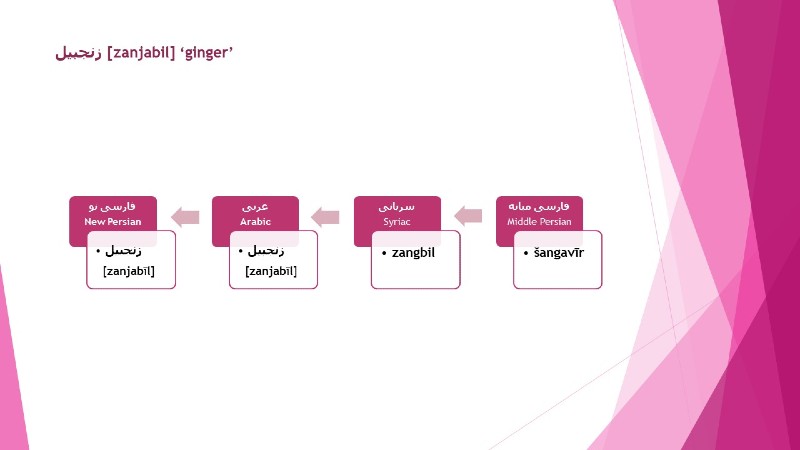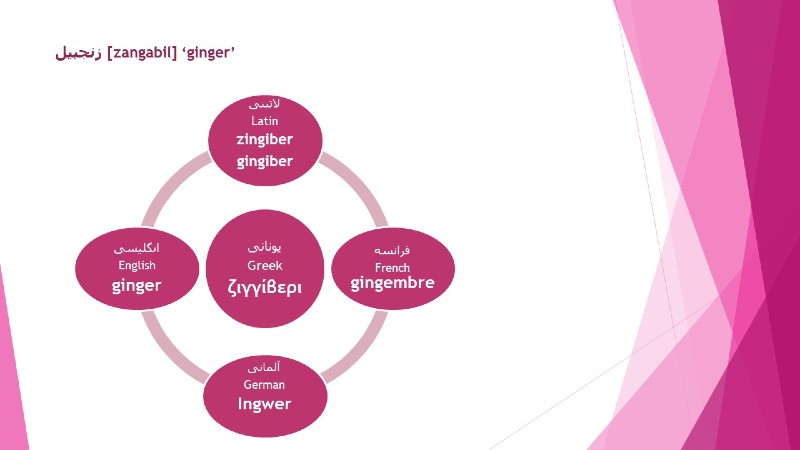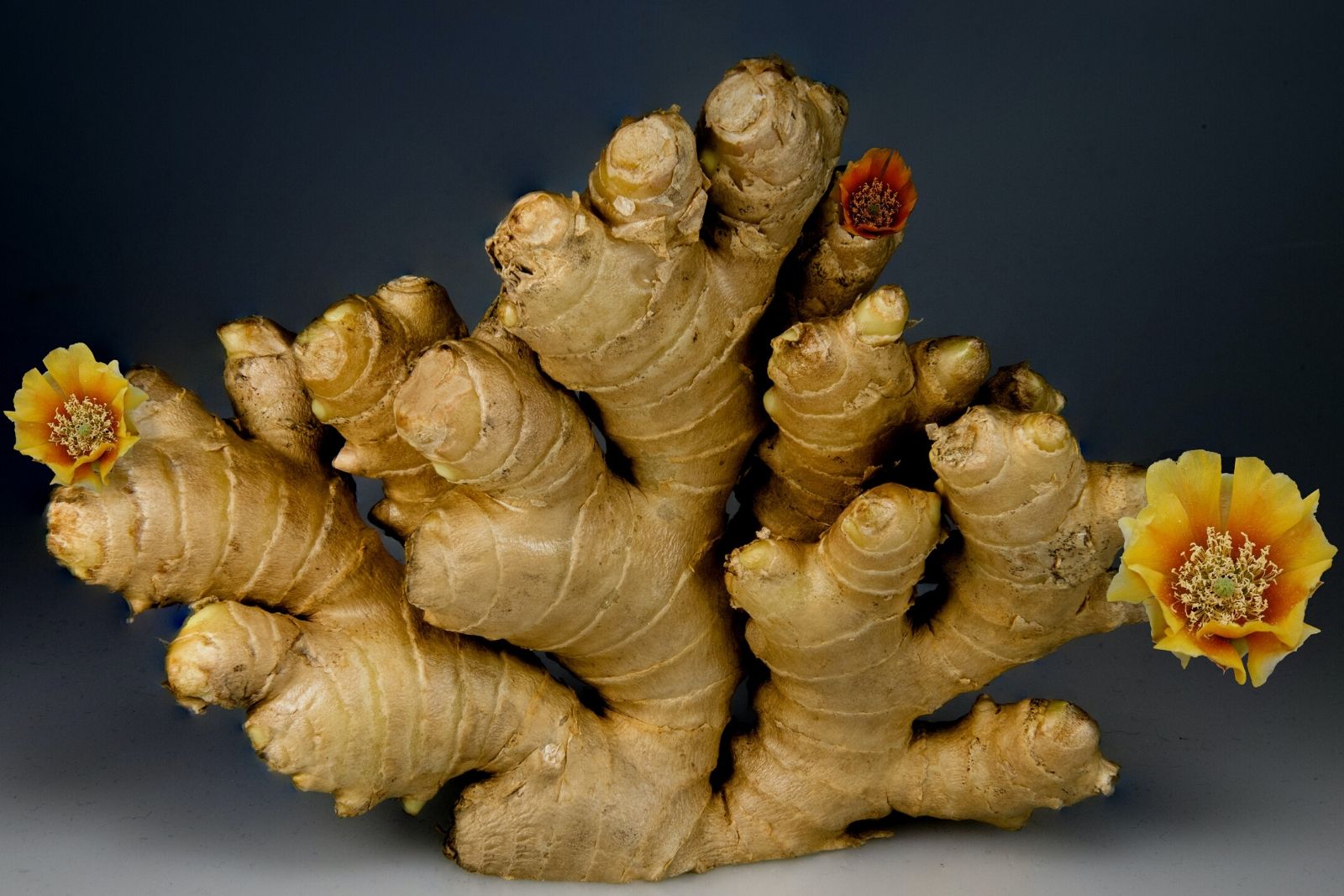This time we are going to talk about the etymology of a very interesting word in the Persian vocabulary, namely زنجبیل [zanjabīl], which means ‘ginger’ (Lat. Zingiber officinale).
Ginger is “a spicy root of a tropical plant that is used in cooking or preserved in sugar, or a powder made from this root, used as a spice”, as defined by the Cambridge dictionary.
Besides the word zanjabīl, which is the ordinary ginger we can find in the bazaar, we also have two other varieties of zanjabīl (found in the Persian dictionaries).
The first is zanjabīl-e šāmi (‘elecampane; juniper’), and the other one is zanjabīl-e fārsi (‘the root of asafetida’).
Before going on and discussing the etymology of the word zanjabīl, I would like to cite here an interesting verse from one of the classical Persian poets, Farroukhi Sīstāni, in which this word (zanjabīl) is mentioned:
تا به رنگ و بوی چون سوسن نباشد شنبلید
تا به طعم و فعل چون زیتون نباشد زنجبیل
[tā rang o buy čun susan nabāšad šambalid
tā be ta’m o fe’l cun zeytun nabāšad zanjabil]
Because by the colour and smell may not be like lily the fenugreek,
Because by the flavour and efficiency may not be like olive the ginger.
Farroukhi
Now let’s talk about the etymology of ZANJABIL.
As you may see in the following chart, the word zanjabil, in its current form, has been borrowed directly from the Arabic language. The Arabic form of the word goes back to the Syriac form zangbil, which itself has penetrated into the Syriac vocabulary from Middle Persian šangavīr, which was spoken during the Sasanian Period (224-651 AD).

The word šangavīr in Middle Persian also has a foreign origin. It comes from the Indo-Aryan languages, the most prominent representative of which, Sanskrit, has the word śṛṅgavēra for ‘ginger’.
According to the folk etymology, this Sanskrit word, i.e. śṛṅgavēra, is composed of two roots - śṛṅga, which means ‘an animal horn’ and vēra, which means ‘body’. However, this is only the popular etymology of this word, which actually has a Dravidic origin.
As you can see from the chart below, the word for ginger in Persian has different forms, as is attested in the Classical Persian literature, like šangavīr or šangalīl.

You can see that the Armenian words for ginger too sngroweł, snkrowił, have close phonetic similarities with the Middle Persian form šangavīr. It seems possible that these words have been borrowed from some Iranian language other than Middle Persian, probably belonging to the north-western branch of the Iranian languages.
It is interesting to note that the word for ‘ginger’ in modern European languages has as its source the Middle Persian form šangavīr, which has found its way there through the intermediary of Greek (ζιγγίβερι) and Latin (zingiber, gingiber).









